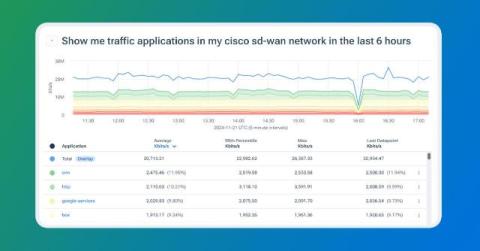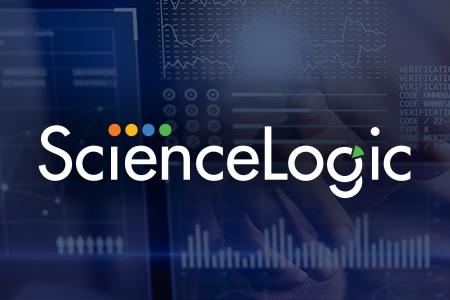Faster Network Troubleshooting with Kentik AI
When network issues strike, every second matters. Latency or packet loss can frustrate users and hurt revenue. Learn how Kentik AI uses natural language to speed up troubleshooting and isolate problems quickly.











